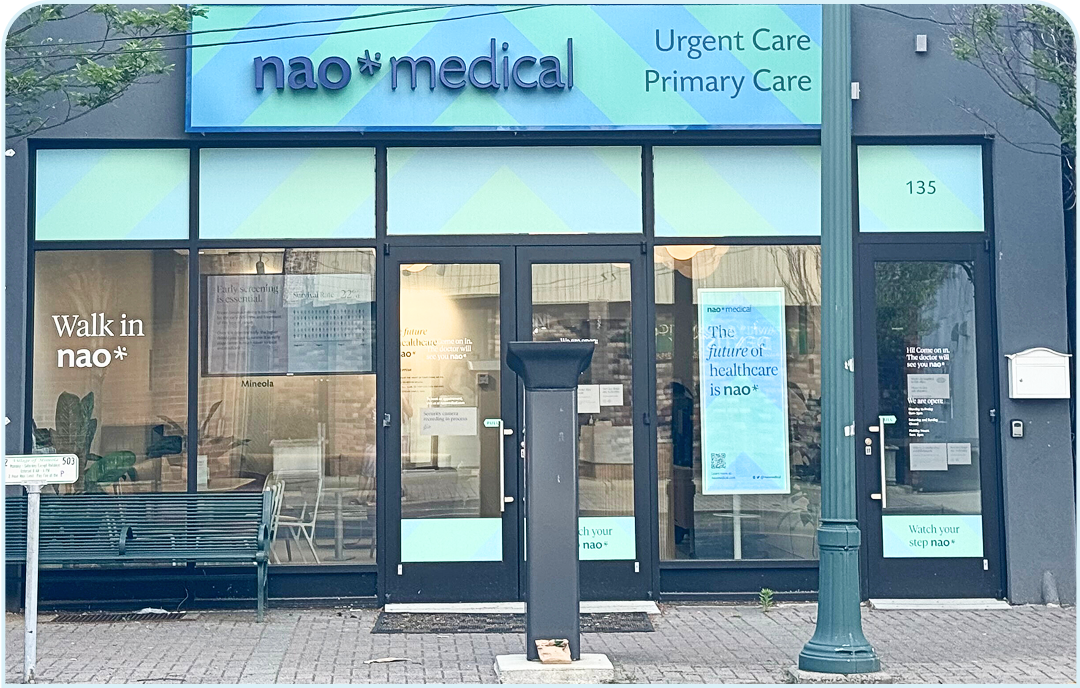Heart disease in minorities is a major health concern in the US, being the leading cause of mortality. It’s a term used to describe a range of conditions that affect the heart and blood vessels, including coronary artery disease, heart attack, heart failure, and others.
Early detection and management of these risk factors, as well as lifestyle changes to maintain a healthy heart, are important in preventing and treating heart conditions.
Heart disease in minority populations
Race plays a significant role in the development and outcomes of heart disease. According to the Centers for Disease Control and Prevention, Black, Indigenous, and People of Color (BIPOC) are more at risk for complications than white Americans.
There’s a higher death rate among minority populations. This is partly due to the barriers to healthcare BIPOC groups face, such as access to quality healthcare and lack of awareness about the importance of preventative measures.
Additionally, systemic and institutional factors, such as poverty, discrimination, and limited access to healthy food options, also play a role in the higher rates of heart disease in minority populations.
Addressing these disparities through education, access to healthcare, and targeted interventions is crucial in reducing the impact of heart problems in these communities.
Risk factors for heart disease
Minority populations, including African Americans, Hispanics, and Native Americans, are at a higher risk due to a number of factors, including:
- High blood pressure: Minority populations tend to have higher rates of hypertension, which can increase the risk of heart disease.
- Diabetes: These populations have higher rates of diabetes than non-Hispanic white Americans. This medical condition increases the risk of heart disease as it can cause damage to blood vessels and the heart.
According to a study, the age and sex-adjusted prevalence of diabetes among 7,575 adults was as follows:
| Group | Diabetes rate |
| Hispanic | 22.1% |
| Black Americans | 20.4% |
| Asian | 19.1% |
| White Americans | 12.1% |
- Obesity: Obesity is a major risk factor and minority populations have higher rates of obesity compared to the general population.
| Group | Obesity rate |
| Black Americans | 49.6% |
| Hispanic | 44.8% |
| White Americans | 42.2% |
| Asian | 17.4% |
- Poor diet: Diets high in salt, saturated fat, and added sugars can increase the risk of heart-related conditions, and minority populations may have limited access to healthy food options.
- Lack of physical activity: Minority populations may have limited access to safe outdoor spaces for physical activity, which can contribute to a sedentary lifestyle and increased risk of heart disease.
- Smoking: Minority populations have higher smoking rates compared to the general population.
- Stress: Minority populations may experience higher levels of stress due to socio-economic factors, which can increase the risk of heart problems.
Statistics of heart disease in minority communities
According to the CDC, the death rate from heart disease is 40% higher in African Americans than in non-Hispanic whites. Among Hispanics, it’s the leading cause of death and is a significant health issue in this community. Native Americans also have higher rates of heart disease compared to non-Hispanic whites.
Cardiovascular disease death rates by race (2017 data):
| Groups | Mortality rate |
| Non-Hispanic Black adults | 208 per 100,000 persons |
| Non-Hispanic white adults | 168.9 per 100,000 persons |
| Hispanic adults | 114.1 per 100,000 persons |
| Non-Hispanic Asian or Pacific Islander adults | 85.5 per 100,000 persons |
Reducing heart disease cases in minorities
Reducing heart disease in minority populations requires a multi-faceted approach that addresses the complex interplay of factors that contribute to disparities in heart disease. Here are some strategies that can help reduce such cases in minorities.
Promoting healthy lifestyle habits
Encouraging regular physical activity, a healthy diet, and not smoking can help reduce the risk of heart disease.
Increasing access to quality healthcare
Ensuring that minority populations have access to preventive care, early detection, and effective treatment of heart disease is critical to reducing disparities.
Addressing social determinants of health
Addressing factors such as poverty, discrimination, and limited access to healthy food options can help reduce heart disease in minority populations.
Providing culturally sensitive education and outreach
Providing information about heart disease and its risk factors in a culturally sensitive manner, and in languages that are widely spoken by minority populations, can help increase awareness and improve health outcomes.
Researching disparities in heart disease
Investing in research to better understand the underlying causes of disparities in heart-related medical conditions, and to develop effective strategies for reducing these disparities, is critical.
Implementing these strategies can help to reduce the burden of heart disease in minority populations and improve health outcomes for all.
Tips for keeping the heart healthy
There are several steps you can take to lower your risk of developing heart disease:
- Eat a healthy diet that is low in saturated and trans fats
- Exercise regularly
- Avoid smoking and limit alcohol consumption.
- Maintain a healthy weight
- If you have a family history of high blood pressure, high cholesterol, or diabetes, it’s important to work with your doctor to prevent or control them
- Find healthy ways to manage stress, such as exercise, meditation, or therapy
- Get regular check-ups for early detection, intervention, and treatment
By taking these steps, you can help reduce your risk of developing heart disease and improve your overall health and well-being.
Summary
Heart disease remains a significant health issue among minority populations in the United States, with higher rates of death and poor outcomes compared to non-Hispanic whites.
Promoting healthy lifestyle habits, increasing access to quality healthcare, addressing social determinants of health, and providing culturally sensitive education and outreach. The American Heart Association also calls for more research to better understand the underlying causes of disparities in heart disease.
By working together to implement these strategies, we can reduce the burden of heart disease in minority populations and improve health outcomes for all.







 (917) 310-3371
(917) 310-3371











